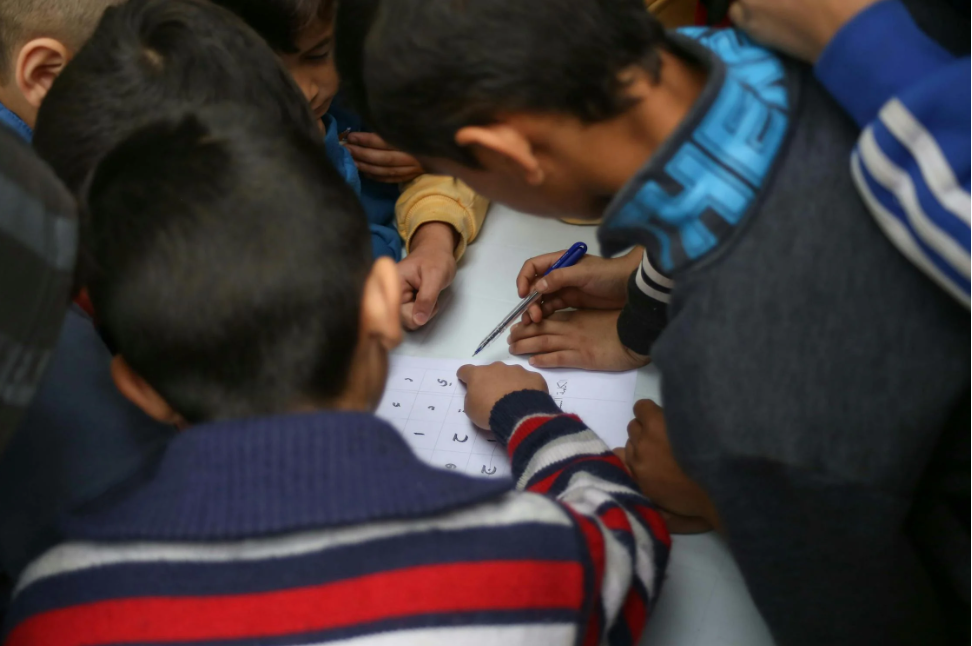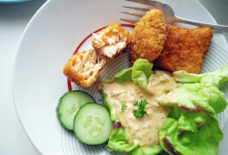8 Arabic Language Songs For Arabic Language Learners

By Katie Beason / Arab America Contributing Writer
One tried and true method of all language learners in listening to songs in their target language, especially for Arabic language acquisition. Learning Arabic as a non-heritage speaker can be a special challenge. Understanding the verbal sentences structures, rhetorical devices, and various means of pronunciation across different dialectics can be discouraging. Here are some Arabic language songs recommended by Arabic learners and teachers for strong Arabic language acquisition!
1. “عاب مجدك (مقاومة)” or “Your Glory (Resistance)” by Julia Boutros
Lebanese singer Julia Boutros has gained celebrity status for her blending of traditional Middle Eastern musical motifs and modern pop and pop rock.
Her song “عاب مجدك (مقاومة)” is both beautiful and informative. It’s filled to the brim with verbal sentences, attached pronouns, and foreign sounds for English speakers like ع. Learning this song will teach you about Lebanese culture and dialect, and connect you with Boutros’ millions of fans in the Middle East and across the globe.
2. “اعطني الناي وغنّي” or “Give me the flute and sing, ” a poem Gibran Khalil Gibran and performed by Fairuz
Khalil Gibran is among the most famous of the Lebanese-American poets. His work celebrates the Arab and Lebanese cultures of the Middle East and honors their pain with honesty and artistry. This poem, which is in MSA, is performed by Fairuz, a comparably celebrated Lebanese singer.
Together, these artists join forces to deliver a song in Modern Standard Arabic, or fusha, which is the dialect with which most students will begin their studies. However, this dialect is less frequently used in music, as it’s a somewhat unnatural dialect. Think the Queen’s English in a Sabrina Carpenter song.
This song provides fusha learners with the opportunity to hear more familiar vocabulary and structures early, before delving into the beautiful world of regional dialects.
3. “غريب عليّ” or “A Stranger to Me” by Elyanna & Balti
After releasing several chart-topping songs in the Middle East, Chilean-Palestinian singer Elyanna gained Western attention after being the first singer to perform in Arabic on “The Late Show with Stephen Colbert.”
“A Stranger to Me” blends rap, reggae, and R&B styles with the Levantine Arabic dialect to create a swinging melody, rich with words familiar to MSA learners, and common Levantine Arabic words like “هون” for “here” and “وين” for where.
4. The Karazah YouTube Channel
Media for Arabic-speaking children is helpful for children and adults studying Arabic because they’re generally geared toward total Arabic immersion, rather than the teaching of Arabic in English. Because of this, using kids’ songs for learning the days of the week, colors, or counting can help learners to avoid the translation trap, and start thinking in Arabic!
5. “موطني” or “My Homeland” by Elissa
Elissa’s delivery is slow and strong, easy to keep up with for those reading the lyrics for the first time. This song is also filled without attached pronouns and short structures. While common in Arabic, these are challenging to translate into English.
“موطني” is a powerful song in the Levant. Written in 1934 by Palestinian poet Ibrahim Tuqan and set to music by Lebanese composer Muhammid Flayfil, this song once served as the Palestinian national anthem. Its lyrics are imbued with deep beauty and connection to the land of the Levant, on which the Palestinians and the Lebanese share a long history.
6. “فقاعتي” or “My Bubble” by Ruba Shamshoum
Ruba Shamshoum is a Palestinian artist living in London who mixes the gentle swing of jazz, folk, and Middle Eastern music. “فقاعتي” is in MSA as well.
Shamshoum’s crystal clear pronunciation and lyrical repetition allow Arabic students to listen phonetically and try to grasp first the sounds, and then the meaning.
Other popular songs from Shamshoum include “هَنّـا” and “Randomness of Beauty Spots.”
7. “إذا هجرتَ” or “If You Abandoned Me” by Nina Abdel Malak
Try not to be turned away by the title. Nina Abdel Malak’s song “إذا هجرتَ” is a beautiful song about love and devotion. It’s also great for language learners!
The song is filled with question particles and attached pronouns. It also offers casual examples of conditional clauses, a common first-year grammar skill.
8. “اطلقي سرك” or “Let It Go” from Frozen
Songs written for children’s movies often have easy, repetitive, and upbeat melodies and lyrics. If you’ve ever been in a school in the weeks after a new Disney film has been released, you know just how quickly those songs catch on. Use this contagiousness to your advantage in learn!
This translation of “Let It Go” from Frozen, or any official Disney translation of their songs will use the melodies and stories with which we are all deeply familiar and make learning the songs that much easier. They are also typically in MSA or the Egyptian dialect of Arabic, which are the two most common dialects in mass media in the Arab World.
And of course, they’re great for children learning Arabic at home! What seven year old doesn’t want to sing along with Olaf? Using Disney’s Arabic language songs works for adults and children alike.
Want more articles like this? Sign up for our e-newsletter!
Check out our blog here!








